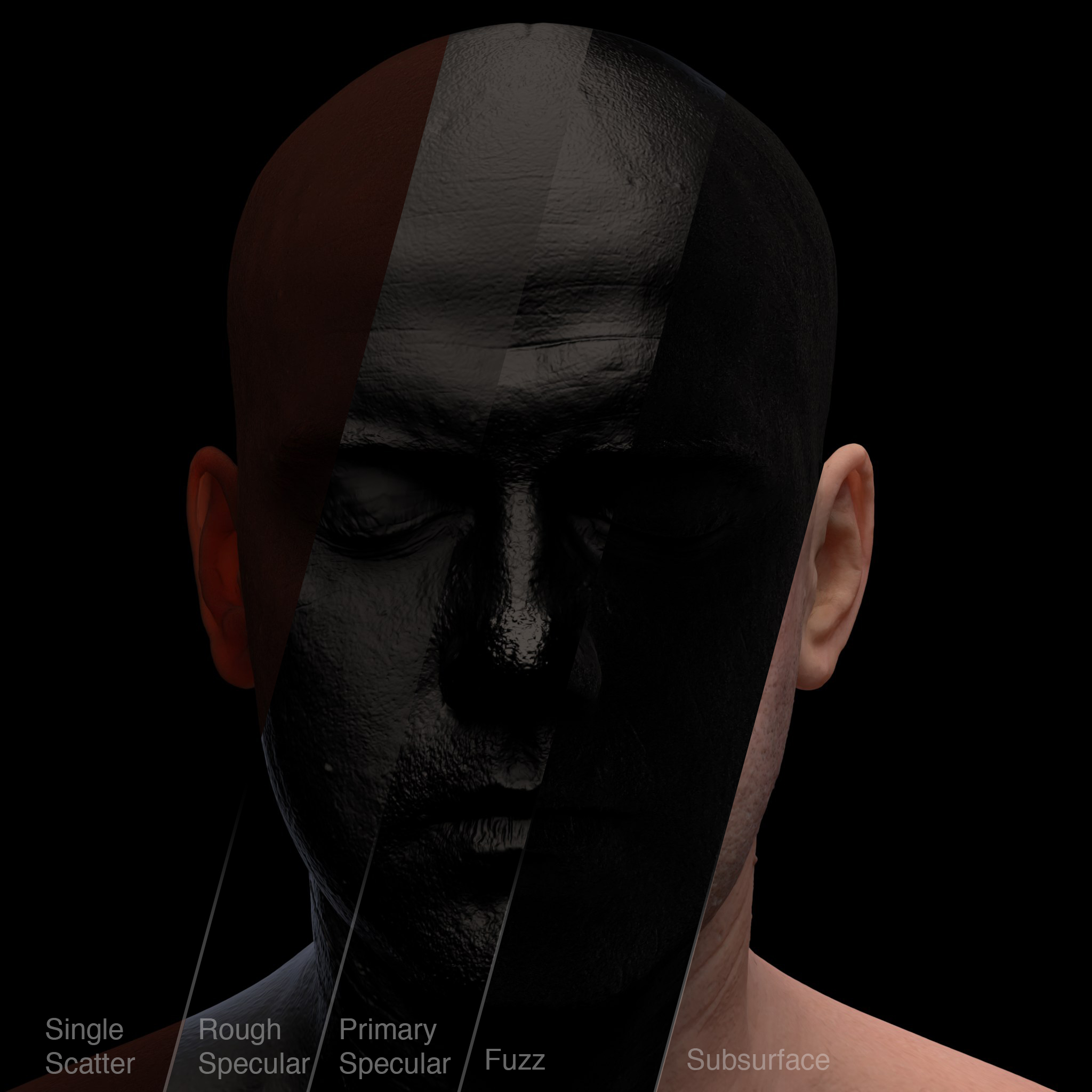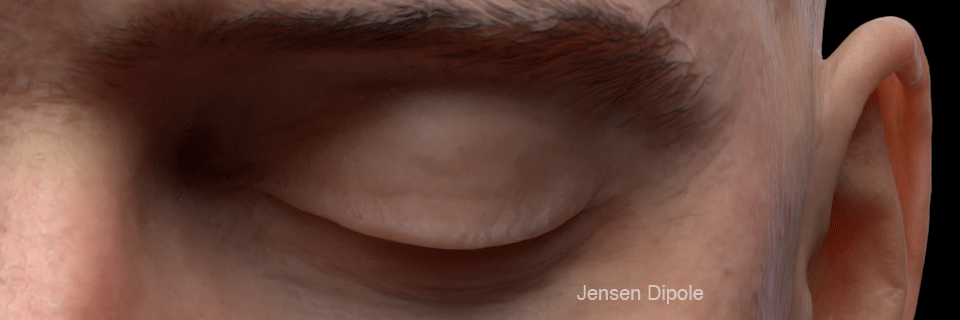

We'll use Subsurface Scattering, Fuzz, and 2 specular lobes, combined with displacements and bump mapping to achieve a natural looking head in RenderMan version 21. These generators have different and independent cross-section models. In this tutorial, we'll use RenderMan's Pixar Surface Material to get a photorealistic render with this (now classic) head scan from Lee Perry-Smith. In this work we focus on the variation in the predictions of DUNE potential, arising due to systematic uncertainties, using two different event generators-GENIE and GiBUU. The error in the determination of cross section which contributes to systematic error introduces error in the neutrino mixing parameters that are determined by these experiments.

Limited understanding of neutrino nucleus interactions and inaccurate reconstruction of neutrino energy causes uncertainty in the cross section.
#Photorealistic renderman serial number#
The USPTO has given the PHOTOREALISTIC RENDERMAN trademark a serial number of 74014765.

These targets introduce nuclear effects and the quantification of these effects on neutrino oscillation parameters will be decisive in the prediction of. On Thursday, December 28, 1989, a trademark application was filed for PHOTOREALISTIC RENDERMAN with the United States Patent and Trademark Office. To improve the statistics, presently running and proposed experiments are using heavy nuclear targets. This trademark was filed to IP Australia on Tuesday, June 26, 1990. to create convincing illustrative non-photorealistic rendering (NPR). PHOTOREALISTIC RENDERMAN is an australia trademark and brand of Pixar, ,UNITED STATES. In neutrino oscillation experiments precise measurement of neutrino oscillation parameters is of prime importance as well as a challenge. Pixars Dylan Sisson will show examples of how RenderMan can be used interactively.


 0 kommentar(er)
0 kommentar(er)
